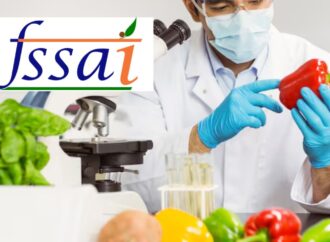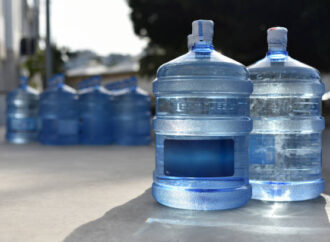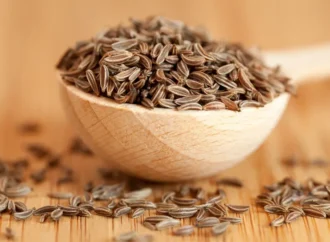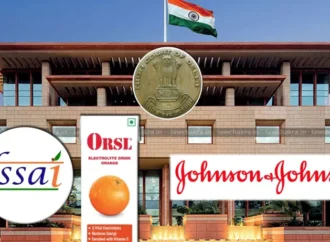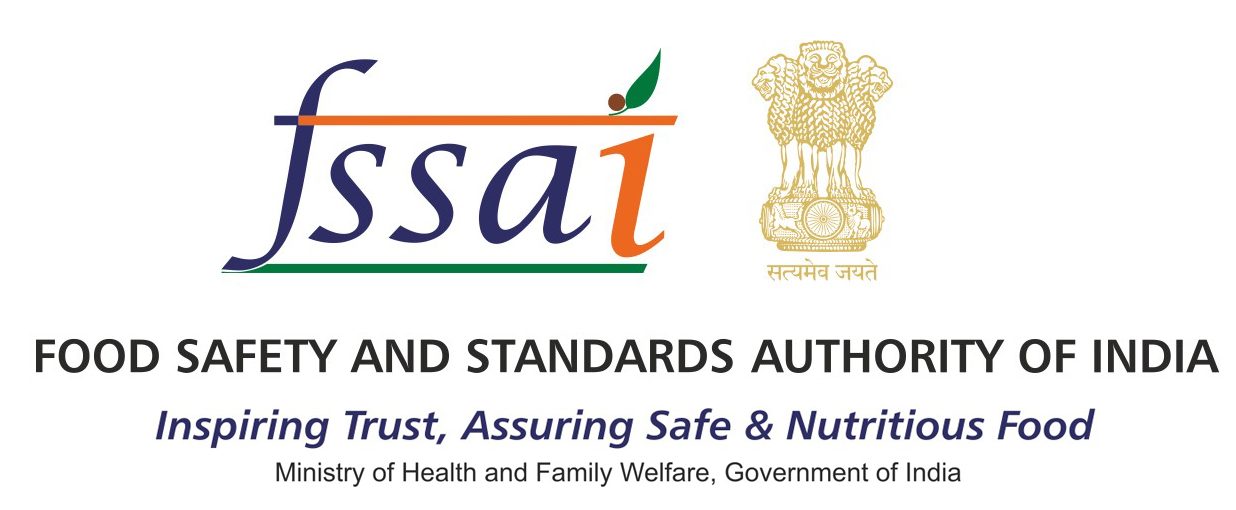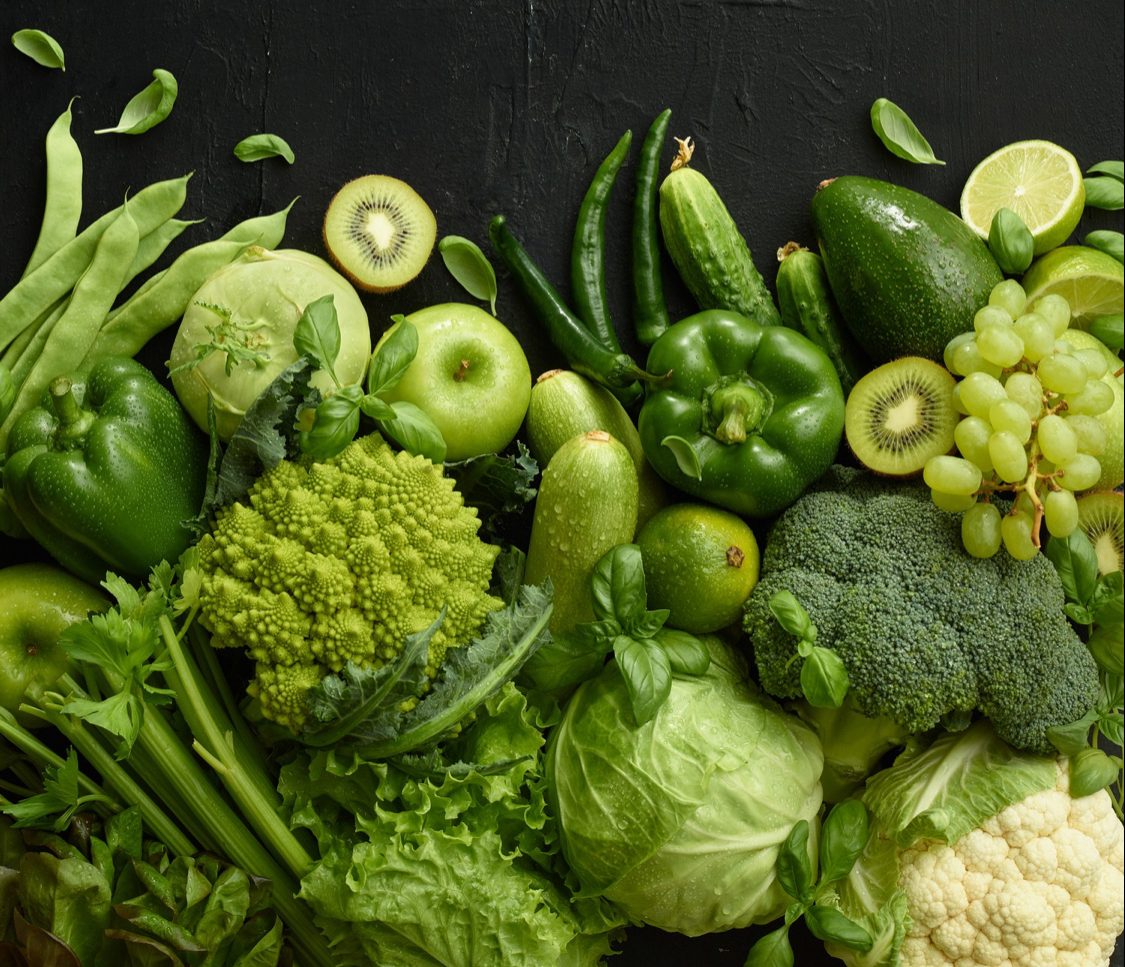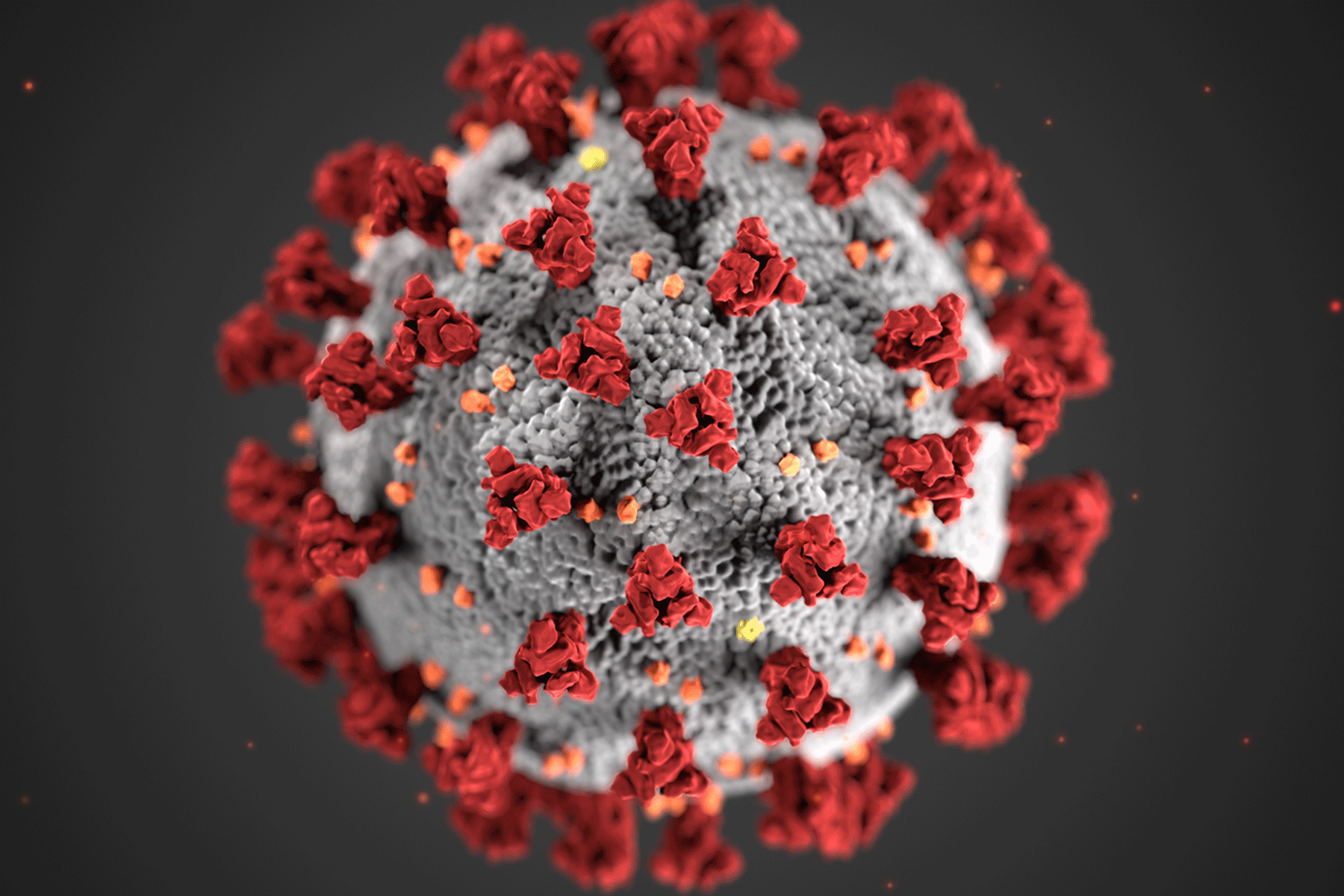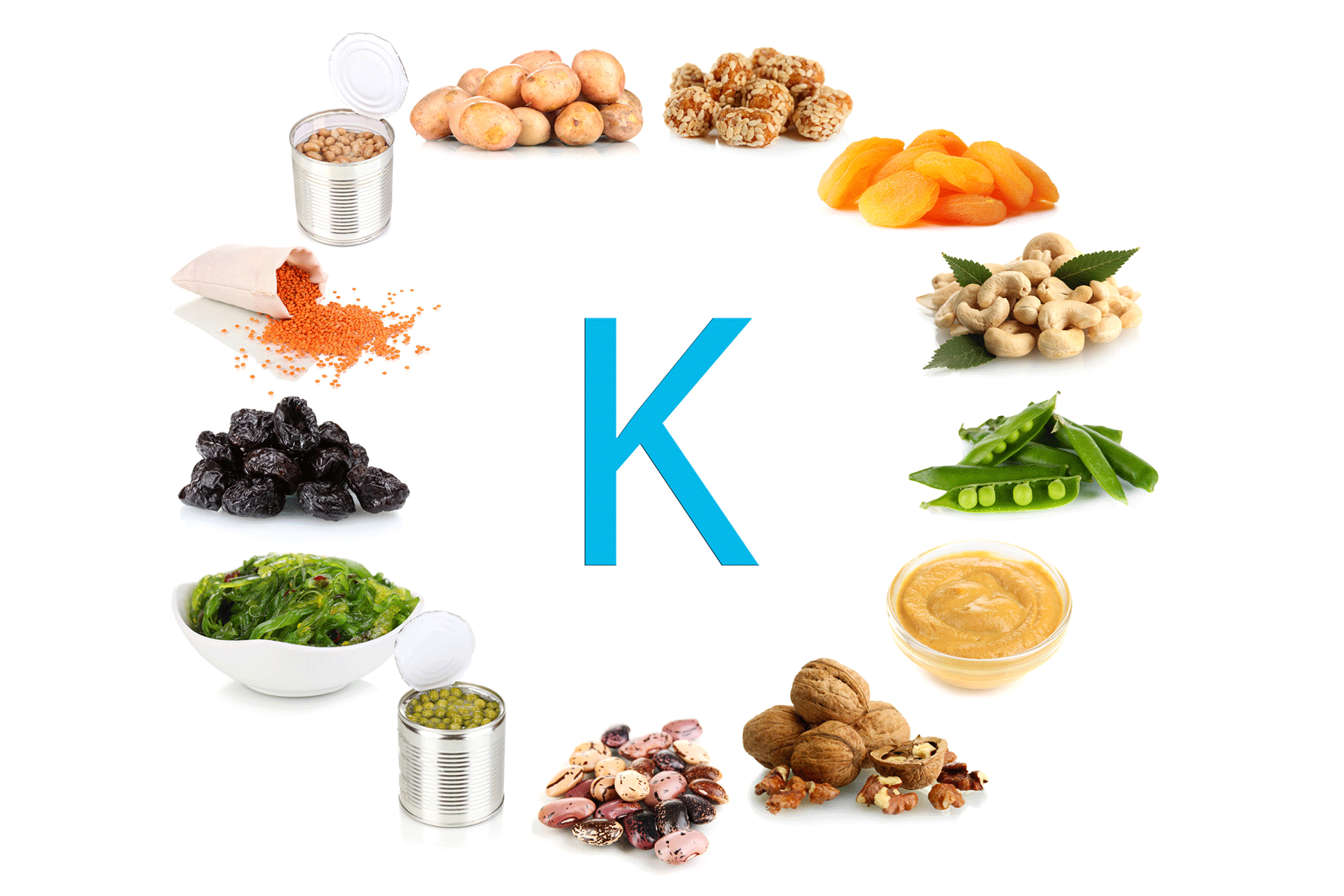Overview
India’s food services sector is undergoing rapid change. Today, nutritionists, food scientists, and chefs are working together to design menus that are healthier, safer, and more consistent. This shift from guesswork to science is helping kitchens improve both quality and efficiency.
Menus Backed by Data and Nutrition Science
Modern menu planning is now based on research and data. Teams use global nutrition knowledge while adapting it to Indian tastes and local food habits. They focus on seasonal ingredients, balance macronutrients, and follow portion control guidelines. At the same time, they assess risks related to allergens and certain ingredients to ensure customer safety.
To make this process easier, many food service providers are using digital systems like kitchen ERPs (Enterprise Resource Planning). These tools help standardise recipes, manage ingredients, and plan production across different locations. Chefs can now follow tested recipes that meet nutrition and portion guidelines, leading to better results and less waste.
Technology Improves Safety and Transparency
Technology plays a key role in food safety. IoT sensors monitor temperature at key stages to protect the nutritional value of food. Predictive analytics helps teams buy fresh, seasonal produce in advance. Kitchens also use real-time alert systems to ensure safety rules are followed. Staff receive regular training, and smart controls help prevent contamination.
Digital platforms now connect recipe planning with safety protocols. This allows teams to track ingredients, check for allergens, and manage kitchen tasks more effectively. Blockchain technology adds transparency by tracking the journey of food from farm to kitchen. Sensors can even provide real-time nutrition data, while predictive tools help create personalised meal plans.
Automation Supports Growth
Automation is helping large and small kitchens track raw materials, reduce food waste, and improve overall planning. This approach saves time and improves accuracy. India’s food services sector is currently worth ₹5.69 lakh crore and contributes 1.9% to the country’s GDP. By 2028, it is expected to grow to ₹7.76 lakh crore, with the organised segment growing even faster at 13.2% each year.
Source: The Times of India
 Food Manifest
Food Manifest 
